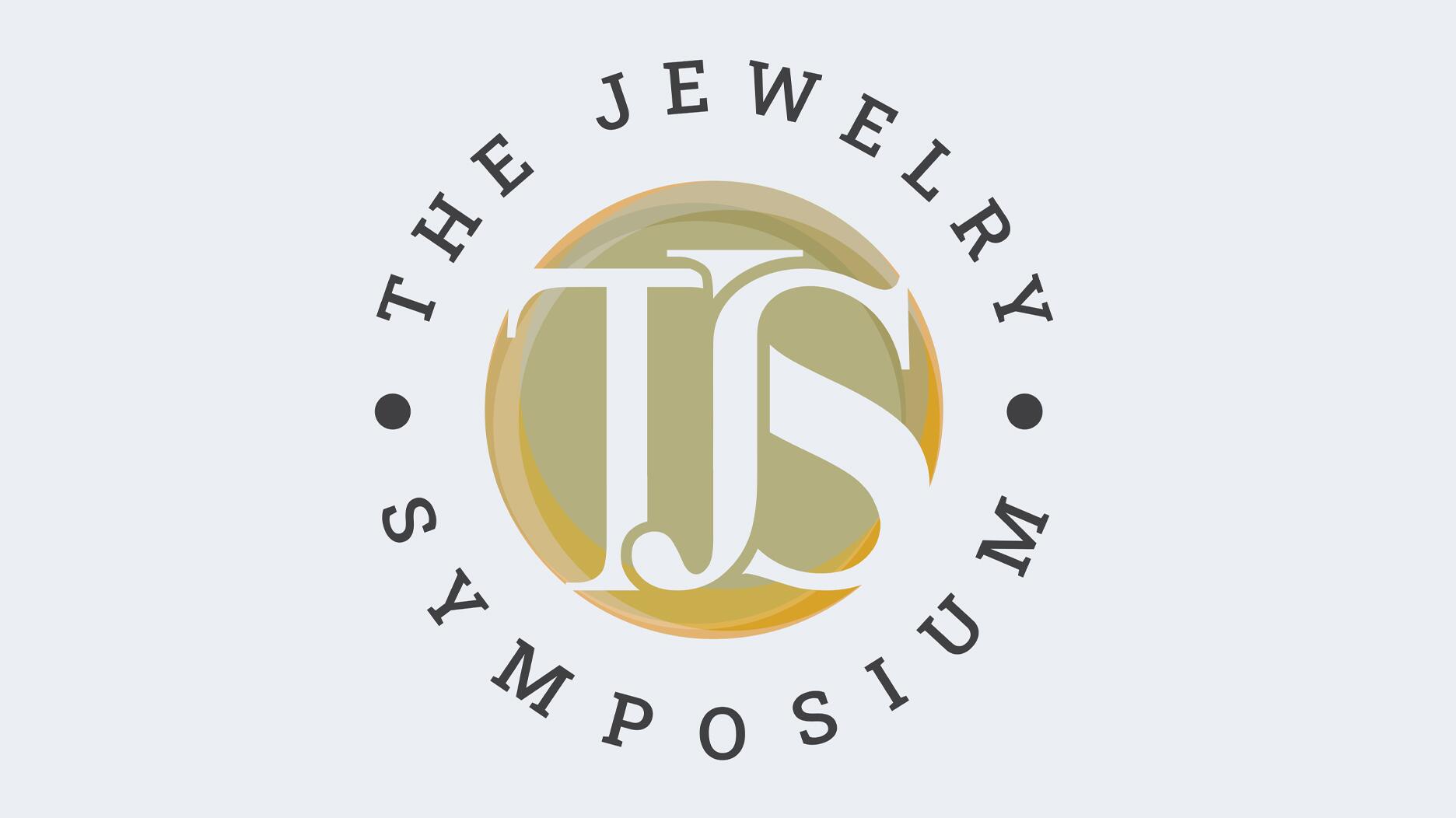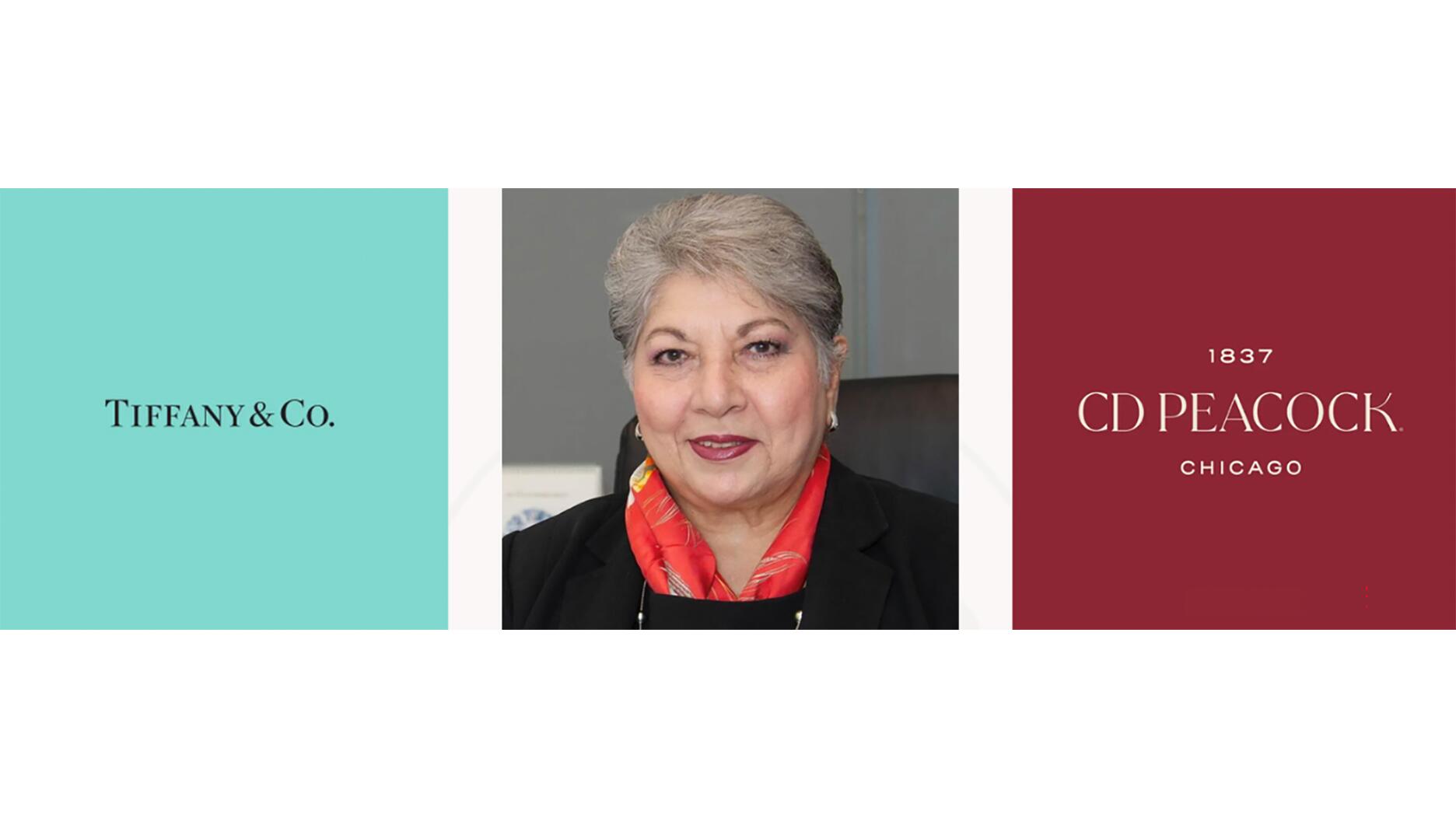The luxury goods company said founder Ippolita Rostagno will remain at the brand’s helm.
Copyright, Trademark, Patent: Do You Know the Difference?
National Jeweler recaps a recent primer on intellectual property law led by Jewelers Vigilance Committee Senior Counsel Sara Yood.

She started with the intellectual property for which protection is simplest to obtain: copyright.
Copyright grants the creator of an “original work” exclusive rights to its use and distribution for the life of the last-living author, plus another 70 years.
Copyright covers a wide range of works, including movies, literary works, choreography, photography and visual arts, which includes jewelry design.
After copyright expires, the work becomes part of the public domain and is free for anyone to use. (According to an article published by The Atlantic last month, there is a “landslide” of classic art set to enter the public domain in the United States next year.)
An individual does not need to file anything to officially get a copyright. In the U.S., copyright is automatically secured when a work is created and “fixed in a tangible medium,” meaning a copy is made. For a piece of jewelry, an original drawing of a piece of jewelry is considered a copy.
However, Yood said, if an individual wants her or his work to stand up in court, it should be registered with the U.S. Copyright Office, which can be done fairly simply online for $35 or by mail for $65.
While the bar is “very low” for originality when it comes to obtaining a copyright registration, the bar for defending a work in court is substantially higher. The more original a design, the easier it will be for a designer or retailer to win a copyright infringement case.
A trademark, or service mark, is for words, names, symbols, devices (including colors or smells) or any combination thereof that are used to identify goods or services. The purpose of a trademark is two-fold: to distinguish a product as coming from a particular source and to assure the buyer a consistent level of quality in the goods sold under that trademark. The Nike Swoosh is one example, as is the robin’s egg blue color Tiffany & Co. has trademarked for its boxes and bags.
One facet of trademark law Yood reviewed that many in the room—and perhaps many in the industry—seem unaware of is the National Gold & Silver Stamping Act requirement that all precious metal items stamped with a quality mark (14K, 925, etc.) also must be stamped with the producer’s federally registered trademark. This acts as a guarantee of the stated fineness of the precious metal, she said.
Once obtained, trademark protection is indefinite, unless it is deemed to have been abandoned (meaning no longer used) or have become a generic term for the products it represents, like Murphy bed, aspirin and thermos. Known as genericide, this is what Tiffany was fighting against in its legal row with Costco over the term “Tiffany setting,” a battle that it ultimately won.
The costs involved in obtaining a trademark vary but, not counting attorney’s fees, it’s around $450 per mark. It’s worth noting, she said, that trademark applications are public record, so any information that’s entered will be searchable online.
Yood also recommended hiring an attorney for patents, two types of which are relevant to the jewelry industry.
A utility patent protects an invention or the discovery of a new and useful process or machine, or any improvements upon either one. It is active for 20 years from the filing date of the first application. A design patent covers design and is good for 14 years.
The USPTO handles patents too and, as with trademarks, has assistance programs available to those who are unable to afford an attorney.
In her presentation, Yood also covered an area of intellectual property law for which relevance has increased with the advent of social media: the right of publicity.
The right of publicity refers to an individual’s right to control the commercial use of her or his name, image, likeness or other aspects of identity. It is generally considered a property right, which it means it continues even after an individual dies.
It is a state-based right and therefore varies from state to state, with some states—like New York, California and Tennessee (because of Elvis, Yood said)—having more protection for individuals than others.
What this means, she added, is that retailers and designers cannot use an image of a celebrity wearing their jewelry without her or his permission or the permission of an agent for that individual. It’s also worth noting that licensing rights also have to be obtained for photos taken by services like Getty Images.
Publicity rights extend to images posted by a celebrity on her or his personal Instagram page or other social media sites. Individuals, Yood said, are in no way releasing rights to the commercial use of their image simply by sharing it on social media.
The Latest

Laura Burdese, who joined the Italian luxury brand in 2022, will take on the role in July.

The National Jeweler editors revisit the most noteworthy industry happenings and design trends from 2025.

How Jewelers of America’s 20 Under 40 are leading to ensure a brighter future for the jewelry industry.

Need a gift for the cat lover who has everything? Look no further than our latest Piece of the Week.


It purchased the “Grosse Pièce,” an ultra-complicated Audemars Piguet pocket watch from the ‘20s, for a record-breaking price at Sotheby’s.

The lab-grown diamond grower now offers custom engagement and fashion jewelry through its Kira Custom Lab Jewelry service.

Roseco’s 704-page catalog showcases new lab-grown diamonds, findings, tools & more—available in print or interactive digital editions.

Chandler got his start at Michelson Jewelers and has served as DCA president and CEO since 2001. He will retire at the end of the month.

The boutique is slated to open this week inside Terminal 8, offering pre-owned Rolex watches and more to international travelers.

Sponsored by Digital Monitoring Products

The special-edition egg pendant ingested in a New Zealand jewelry store was recovered after a six-day wait.

Associate Editor Natalie Francisco plays favorites with Piece of the Week, selecting a standout piece of jewelry from each month of 2025.

The “Love and Desire” campaign is inspired by the magic that follows when one’s heart leads the way, said the brand.

Two awardees will receive free tuition for an educational course at the Swiss lab, with flights and lodging included.

Berta de Pablos-Barbier will replace Alexander Lacik at the start of January, two months earlier than expected.

Sotheby’s held its first two jewelry sales at the Breuer building last week, and they totaled nearly $44 million.

Here are six ideas for making more engaging content for Instagram Reels and TikTok, courtesy of Duvall O’Steen and Jen Cullen Williams.

Carlos Jose Hernandez and Joshua Zuazo were sentenced to life without the possibility of parole in the 2024 murder of Hussein “Sam” Murray.

Yood will serve alongside Eduard Stefanescu, the sustainability manager for C.Hafner, a precious metals refiner in Germany.

The New Orleans jeweler is also hosting pop-up jewelry boutiques in New York City and Dallas.

Set in a Tiffany & Co. necklace, it sold for $4.2 million, the highest price and price per carat paid for a Paraíba tourmaline at auction.

The jeweler’s “Deep Freeze” display showcases its iconic jewelry designs frozen in a vintage icebox.

Take luxury gifting to new heights this holiday season with the jeweler’s showstopping 12-carat sphene ring.

This year's theme is “Unveiling the Depths of the Ocean.”

In its annual report, Pinterest noted an increase in searches for brooches, heirloom jewelry, and ‘80s luxury.

Starting Jan. 1, customers can request the service for opal, peridot, and demantoid garnet.


























